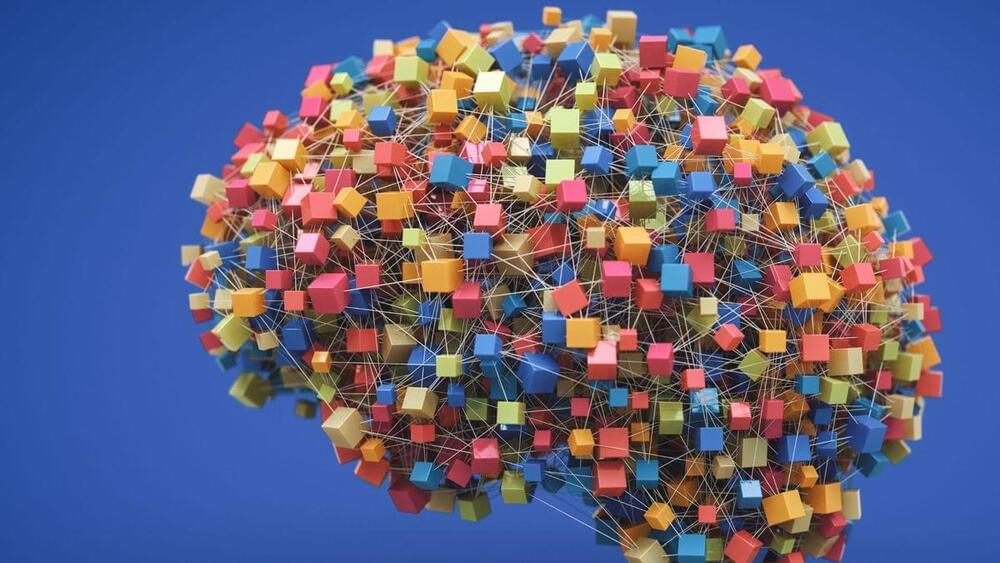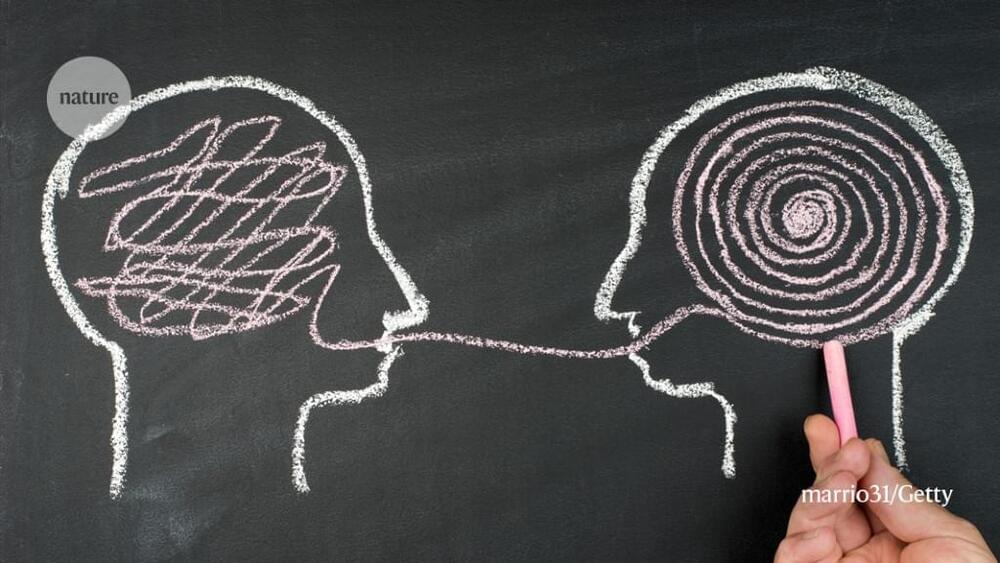O.o!!!!
Cybrothel.
“We are the future of sex,” says Philipp Fussenegger–owner of Cybrothel is the first immersive sex doll brothel in Germany’s capital city Berlin.



https://youtu.be/NCZc-zPsciU?si=E3cQDFZo4RbPahW1
How I dub all my channels into 28 Languages with AI:
clonedub.com.
For copyright matters, please contact: [email protected].
Welcome to Topdiscovery! Here, you’ll find all the most interesting and mind-blowing discoveries we’ve come across. Our videos are packed with fun and engaging content that will leave you saying, “Wow, I didn’t know that!” From the strange and bizarre to the latest scientific breakthroughs, we’ve got it all. So why not join us on this wild ride of discovery and see for yourself just how fascinating the world can be? Subscribe now and let the fun begin!
Disclaimer:
The content presented in our videos is intended solely for entertainment purposes. While we may draw upon facts, rumors, and fiction, viewers should not interpret any part of the content as factual or definitive information. Please enjoy responsibly.


The power of human language and thought arises from systematic compositionality—the algebraic ability to understand and produce novel combinations from known components. Fodor and Pylyshyn1 famously argued that artificial neural networks lack this capacity and are therefore not viable models of the mind. Neural networks have advanced considerably in the years since, yet the systematicity challenge persists. Here we successfully address Fodor and Pylyshyn’s challenge by providing evidence that neural networks can achieve human-like systematicity when optimized for their compositional skills. To do so, we introduce the meta-learning for compositionality (MLC) approach for guiding training… More.
Over 35 years ago, when Fodor and Pylyshyn raised the issue of systematicity in neural networks1, today’s models19 and their language skills were probably unimaginable. As a credit to Fodor and Pylyshyn’s prescience, the systematicity debate has endured. Systematicity continues to challenge models11,12,13,14,15,16,17,18 and motivates new frameworks34,35,36,37,38,39,40,41. Preliminary experiments reported in Supplementary Information 3 suggest that systematicity is still a challenge, or at the very least an open question, even for recent large language models such as GPT-4. To resolve the debate, and to understand whether neural networks can capture human-like compositional skills, we must compare humans and machines side-by-side, as in this Article and other recent work7,42,43. In our experiments, we found that the most common human responses were algebraic and systematic in exactly the ways that Fodor and Pylyshyn1 discuss. However, people also relied on inductive biases that sometimes support the algebraic solution and sometimes deviate from it; indeed, people are not purely algebraic machines3,6,7. We showed how MLC enables a standard neural network optimized for its compositional skills to mimic or exceed human systematic generalization in a side-by-side comparison. MLC shows much stronger systematicity than neural networks trained in standard ways, and shows more nuanced behaviour than pristine symbolic models. MLC also allows neural networks to tackle other existing challenges, including making systematic use of isolated primitives11,16 and using mutual exclusivity to infer meanings44.
Our use of MLC for behavioural modelling relates to other approaches for reverse engineering human inductive biases. Bayesian approaches enable a modeller to evaluate different representational forms and parameter settings for capturing human behaviour, as specified through the model’s prior45. These priors can also be tuned with behavioural data through hierarchical Bayesian modelling46, although the resulting set-up can be restrictive. MLC shows how meta-learning can be used like hierarchical Bayesian models for reverse-engineering inductive biases (see ref. 47 for a formal connection), although with the aid of neural networks for greater expressive power. Our research adds to a growing literature, reviewed previously48, on using meta-learning for understanding human49,50,51 or human-like behaviour52,53,54. In our experiments, only MLC closely reproduced human behaviour with respect to both systematicity and biases, with the MLC (joint) model best navigating the trade-off between these two blueprints of human linguistic behaviour. Furthermore, MLC derives its abilities through meta-learning, where both systematic generalization and the human biases are not inherent properties of the neural network architecture but, instead, are induced from data.
Despite its successes, MLC does not solve every challenge raised in Fodor and Pylyshyn1. MLC does not automatically handle unpractised forms of generalization or concepts outside the meta-learning distribution, reducing the scope of entirely novel structures it can correctly process (compare the encouraging results on learning novel rules reported in Supplementary Information 1, with its failure on the SCAN and COGS productivity splits). Moreover, MLC is failing to generalize to nuances in inductive biases that it was not optimized for, as we explore further through an additional behavioural and modelling experiment in Supplementary Information 2. In the language of machine learning, we conclude that the meta-learning strategy succeeds when generalization makes a new episode in-distribution with respect to the training episodes, even when the specific test items are out-of-distribution with respect to the study examples in the episode. However, meta-learning alone will not allow a standard network to generalize to episodes that are in turn out-of-distribution with respect to the ones presented during meta-learning. The current architecture also lacks a mechanism for emitting new symbols2, although new symbols introduced through the study examples could be emitted through an additional pointer mechanism55. Last, MLC is untested on the full complexity of natural language and on other modalities; therefore, whether it can achieve human-like systematicity, in all respects and from realistic training experience, remains to be determined. Nevertheless, our use of standard transformers will aid MLC in tackling a wider range of problems at scale. For example, a large language model could receive specialized meta-training56, optimizing its compositional skills by alternating between standard training (next word prediction) and MLC meta-training that continually introduces novel words and explicitly improve systematicity (Fig. 1). For vision problems, an image classifier or generator could similarly receive specialized meta-training (through current prompt-based procedures57) to learn how to systematically combine object features or multiple objects with relations.

According to Alphabet’s CEO, Google’s Gemini is just the first of a series of next-generation AI models that Google plans to bring to market in 2024.
With the multimodal Gemini AI model, Google wants to at least catch up with OpenAI’s GPT-4. The model is expected to be released later this year. In the recent quarterly earnings call, Alphabet CEO Sundar Pichai said that Google is “getting the model ready”.
Gemini will be released in different sizes and with different capabilities, and will be used for all internal products immediately, Pichai said. So it is likely that Gemini will replace Google’s current PaLM-2 language model. Developers and cloud customers will get access through Vertex AI.

VentureBeat presents: AI Unleashed — An exclusive executive event for enterprise data leaders. Network and learn with industry peers. Learn More
A group of artificial intelligence researchers from the University of Science and Technology of China (USTC) and Tencent YouTu Lab have developed an innovative framework, coined as “Woodpecker”, designed to correct hallucinations in multimodal large language models (MLLMs).
The research paper outlining this groundbreaking approach was published on the pre-print server arXiv, under the title Woodpecker: Hallucination Correction for Multimodal Large Language Models.

